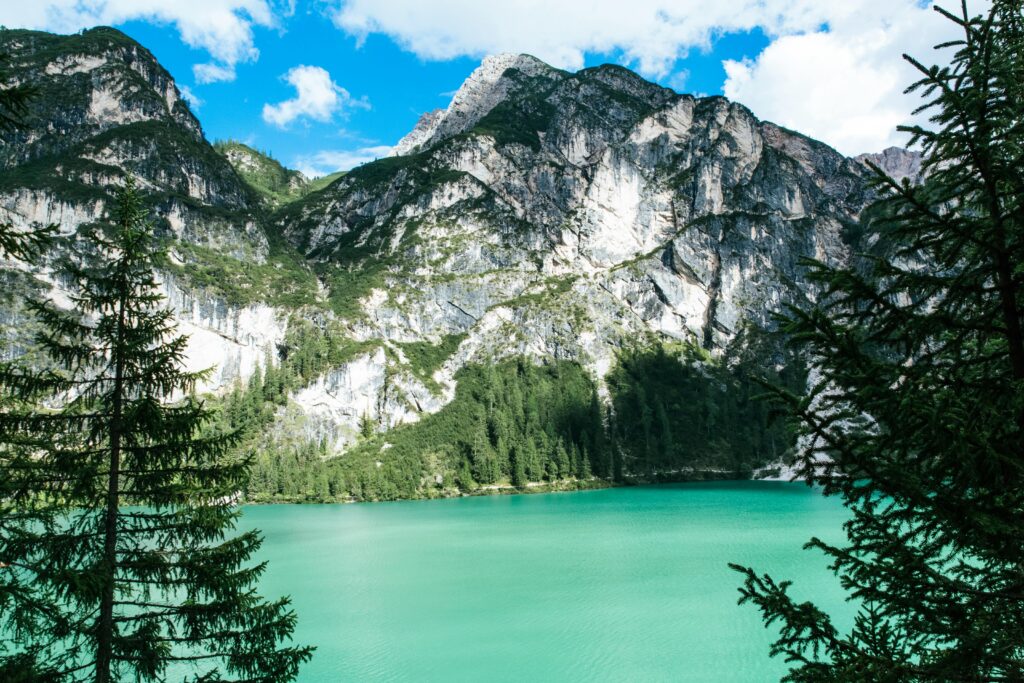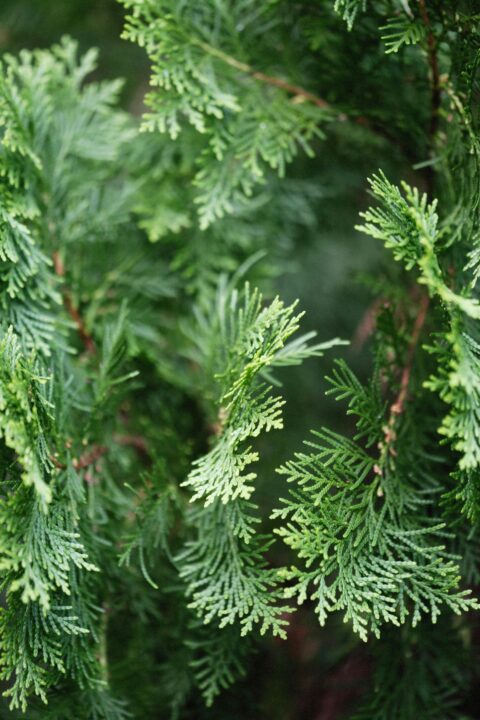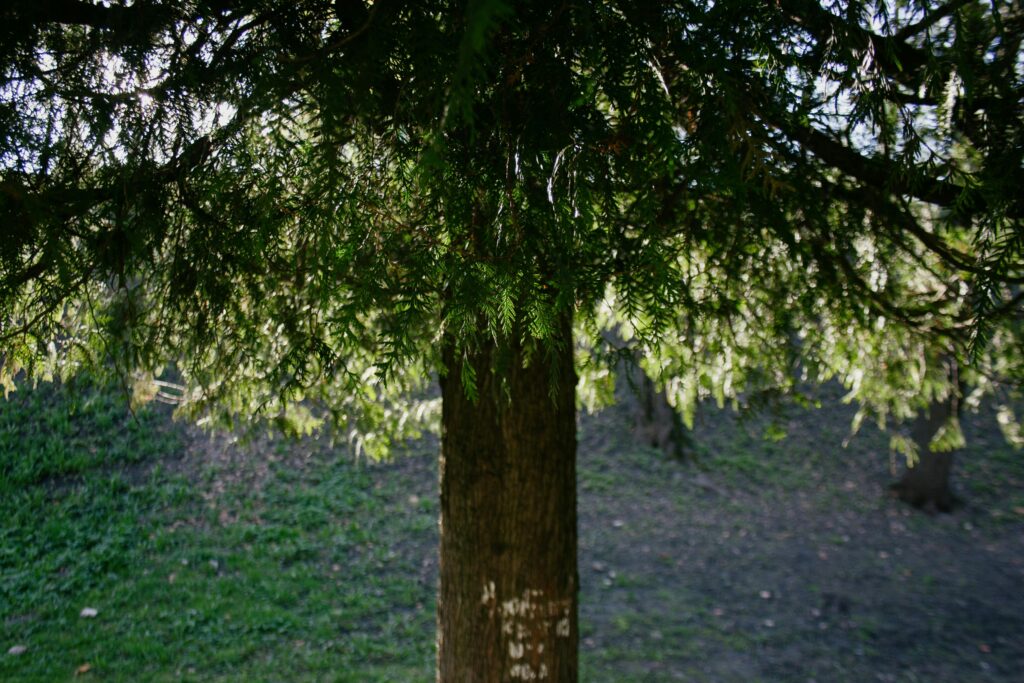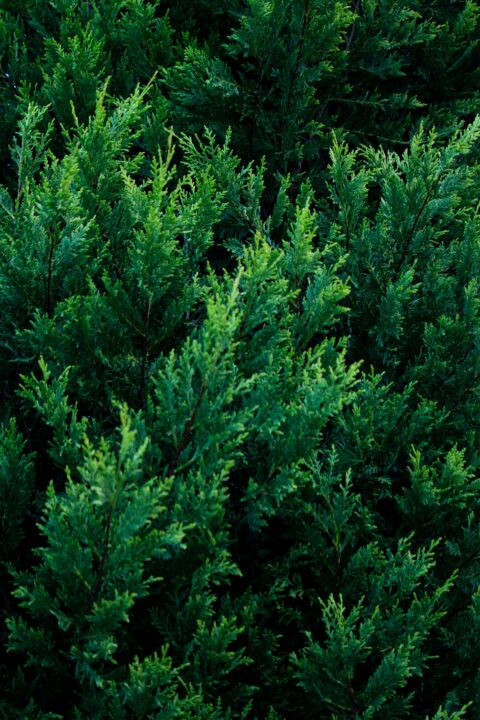Are you enthusiastic about giving your own home a unique aesthetic look? Or are you in search of natural windbreakers that would help you protect your home? Then knowing the types of cedar trees that you can plant is very essential.
There are different types of cedar trees and they all fall into two separate categories. These categories include true and false cedar trees. Some examples of cedar trees include Cedrus libani, Cedrus atlantica, Cedrus brevifolia, Cedrus deodara and many others.
The different types of cedar trees have different features but share one similar characteristic. Their characteristic is their ability to outlive humans. Having a lifespan of more than 250 years, they serve different generations of species. It does this while being beautiful and sturdy.
The Different Types of Cedar Trees
As earlier mentioned, cedar trees fall under two categories. They include the true and false Cedar Trees. Let’s go on to discuss them differently.
True Cedar Trees
The true cedar trees are trees from the family Pinaceae; their scientific classification includes the following:
| Kingdom | Plantae |
| Clade | Tracheophytes |
| Division | Pinophyta |
| Class | Pinopsida |
| Order | Pinales |
| Family | Pinaceae |
| Subfamily | Abietoideae |
| Genus | Cedrus |
Types Of True Cedar Trees
Interestingly, there are only four types of true cedar trees in the whole world, despite their abundance. The types of cedar trees include the following:
1. Atlas Cedar Tree (Cedrus Atlantica)
Taking a cue from it’s name, Atlas cedar or Cedrus Atlantica, is natively found in the Atlas mountains. It is known for it’s bluish-green shade and it’s brownish-gray bark. The leaves of Atlas cedar grow in clumps and it’s bark fissures as they mature. These features make it easy to identify them. It is also referred to as blue Atlas cedar.
2. Cedar of Lebanon (Cedrus Libani)
Cedrus Libani, also called cedars of Lebanon, are cedar trees that are natively found in Southwest Asia. It is found everywhere in Syria and Lebanon, making it a very common tree in those localities. It is a very important part of Lebanon, as it possesses high cultural significance and represents certain symbols of identity.
Due to its high cultural significance, it was used to design the Lebanese flag and still graces it till today. Cedars of Lebanon are different from other types of cedar trees because of their flat tops and massive trunks. The branches of cedrus Libani grow in a horizontal pattern. It is also very resistant to drought.
3. Cyprian Cedar Tree (Cedrus Brevifolia)
Cedrus brevifolia is one of the types of cedar trees but with a different origin. From the name Cyprian, Cyprian Cedar is a native of the island of Cyprus in the Mediterranean sea. Unlike other types of cedar trees, it has shorter branches and it’s needle-like leaves are arranged in short clumps. These unique features make it distinguishable from the rest of the cedar trees.
4. Deodar Cedar Tree (Cedrus Deodara)
Cedrus Deodara or Deodar cedar, is popularly known as the Himalayan cedar. This is because it is a native of the mountainous regions of the Himalayas. It has branches that spread out wide and swoop. When the deodar cedar is young, it takes the shape of a pyramid but flattens out as it matures. This makes it distinct from other types of cedar trees.
False Or Other Types Of Cedar Trees
As earlier mentioned, although there are only four (4) true types of cedar trees, there are many other cedar trees around the world. Their scientific names distinguish them rather than the normal names used to refer to them. Also, these false or other types of cedar trees all come from different families in the kingdom plantae.
Although botanically referred to as false cedars, false cedar trees also have immense value. They are very revered in North America, where they are native. The false types of cedar trees include the following:
1. Alaskan Yellow Cedar Tree (Cupressus noitkatensis)

Looking at the name of the Alaskan Yellow Cedar tree, it is difficult to know that it’s not a true cedar tree. When called by it’s scientific name, it becomes easier. Therefore, to know the origin of a plant, the scientific names are the most reliable way to do so. Just like the botanical name suggests, the Alaskan yellow cedar belongs to the Cypress or cupressaceae family.
Cupressus noitkatensis is also known as yellow cedar. And it is easier to distinguish from other types of cedar trees due to its drooping branches, i.e., they hang downward elegantly. It is worthy to note that the Yellow cedar has leaves that are scaly and prickly. Don’t be too quick to touch a yellow cedar when you see one. It is a native of North America, often found in the Upper Northwest region.
2. Incense Cedar Tree (Calocedrus decurrens)
Just like it’s name suggests, the Incense Cedar Tree is one of the types of cedar trees you would like to have in your personal space. It is so fragrant that it is used as decorations, seasonal plant pots and even sold in organic markets or stores during the winter. Just like the other false cedar trees, it is native to North America, particularly California and the Western part of North America. Calocedrus decurrens has the ability to grow up to 152 feets and it has an aesthetic conical shape.
3. Port Orford Cedar Tree (Chamaecyparis lawsoniana)

The Port orford cedar tree is one of the fragrant types of cedar trees. It has a fragrance that is often compared to that of ginger. It is popularly known as the Lawson’s Cypress and natively found in the Pacific Northwest of the United States. It grows very tall to a height of 200 feet. The heartwood of the Lawson’s Cypress is usually pale yellow, while the sapwood has a white and yellowish brown hue.
4. Bermuda Cedar Tree (Juniperus bermudiana)
Bermuda cedar tree is part of the long history of the Bermuda island. The island of Bermuda was literally covered by Juniperus bermudiana until human settlement stretched out there.
Even after human settlement occurred, there was still a large population of Bermuda cedar. Until “the blight” happened, this event sent a lot of pollinators extinct and changed the island forever. These kinds of occurrences make one wonder how much damage has been done to the plant kingdom that has not been recorded.
5. Northern White Cedar Tree (Thuja occudentalis)
The northern white cedar tree is otherwise known as “arborvitae.”. As the other types of cedar trees, the northern White cedar tree does best in full sun as a young plant. Regardless of this fact, it still grows well in partial shade. It prefers soils that are wet or moist. It has needle-like leaves that are scaly. The leaves of the Northern White cedar are arranged in such a way that it’s branches appear flat. The roots of this cedar tree are shallow and spread out widely. This tree also has cones that are oblong in nature.
6. Western Red Cedar Tree (Thuja plicata)

The Western red cedar tree, also known as red cedar. It is a native of North America, just like the other false types of cedar trees. It is especially found in the Pacific coast of North America. The use of red cedar spans from ornamentals to timber. It has cones in the shape of an egg. It has bases that are strongly enrooted, their forms are usually pyramidal. Just like the other types of cedar trees, the red cedar has its own unique color. The bark of a red cedar tree is scaly and red as a cinnamon or brownish. It’s shedding is also not very regular.
7. Eastern Red Cedar Tree (Juniperus virginiana)
Just like there is a western red cedar, there is also an Eastern red cedar tree. What distinguishes them from each other is their scientific names. The eastern red cedar is the Juniper endemic of Virginia. It grows in the shape of a pyramid and does best under full sun and open spaces with wide terrains. The cones of the Eastern red cedar tree is in the form of berries. Birds really enjoy living on this tree because of it’s wide foliage.
8. Spanish Cedar Tree (Cedrela odorata)
The Spanish Cedar tree is every bit Spanish. Unlike other types of cedar trees, it is a native of Central America, South America and the Caribbean. It has a distinctive fragrance that makes you think it is true cedar but it is not. The wood of Spanish cedar is pinkish and is commonly used as lumber. It is also used to make cigar boxes. Unfortunately, Spanish Cedar has become scarcer due to climate change and industrialization.
9. Siberian Pine Tree (Pinus Sibirica)
The Siberian pine tree is every inch a pine tree. The story behind it’s recognition as a false cedar tree is in Russian. Interestingly, when people tried translating the Siberian pine to Russian language, it came out sounding like the Siberian cedar. That is why it is still regarded as a false cedar tree till today.
The Siberian pine is obviously a native of Siberia and it can also be found in Mongolia. Pinus sibirica belongs to the white pine family group. It has needle-like leaves that grow in bundles of five (5).
Conclusion
All the types of cedar trees are historical and all have medicinal and aesthetic benefits. You can check out the medicinal benefits of cedar trees. You can enjoy these benefits by planting them in your environment. One good thing to look out for in regards to planting cedar trees is the clean and oxygen-rich air that the trees provide.



